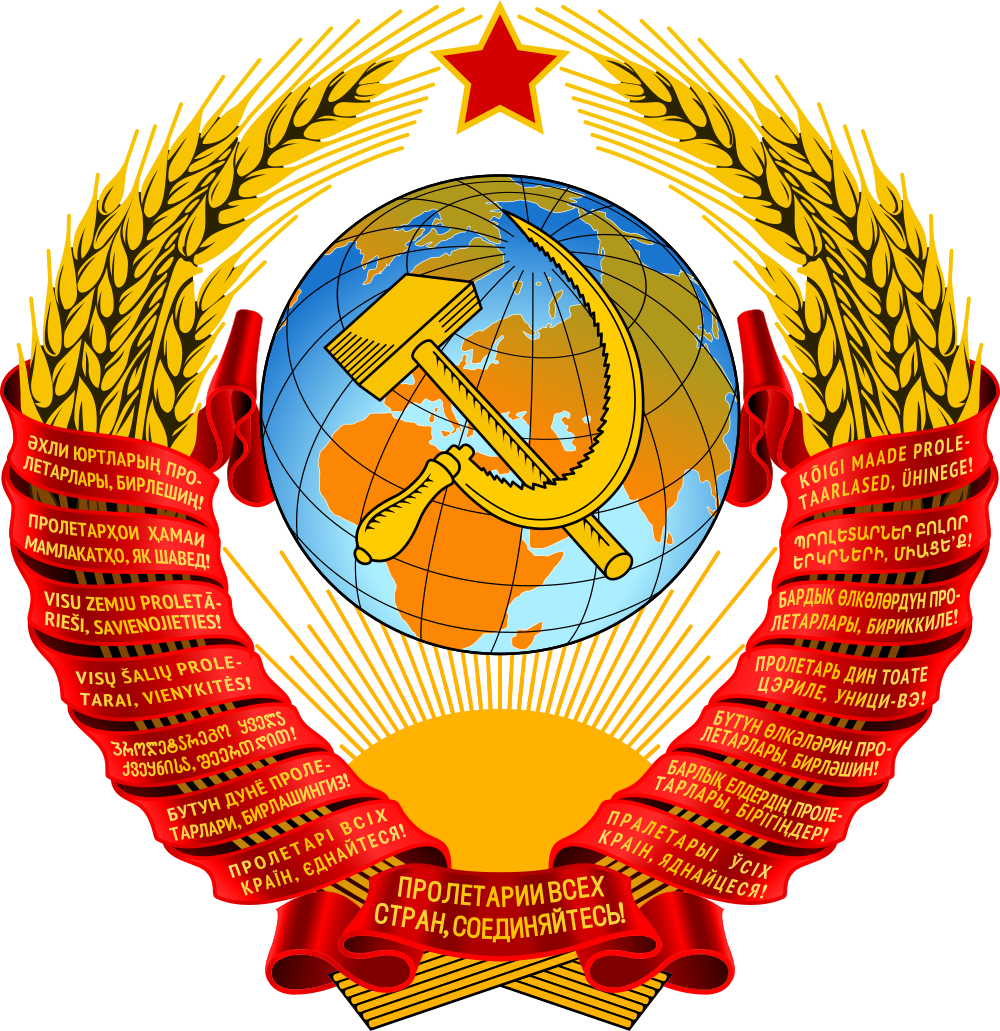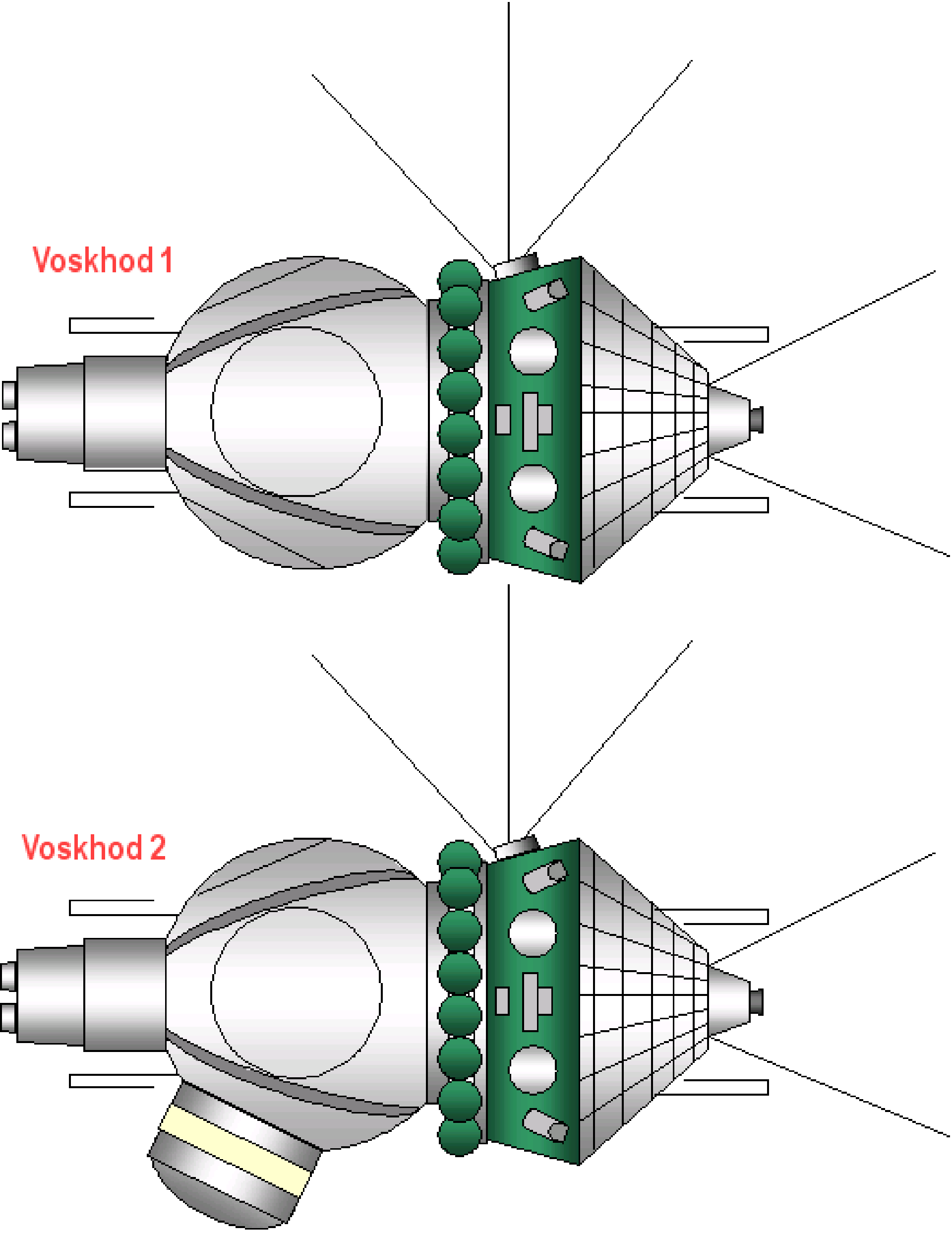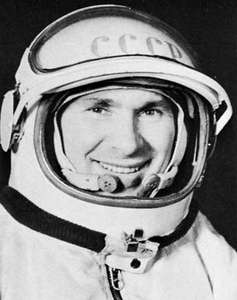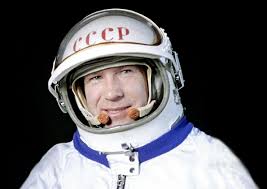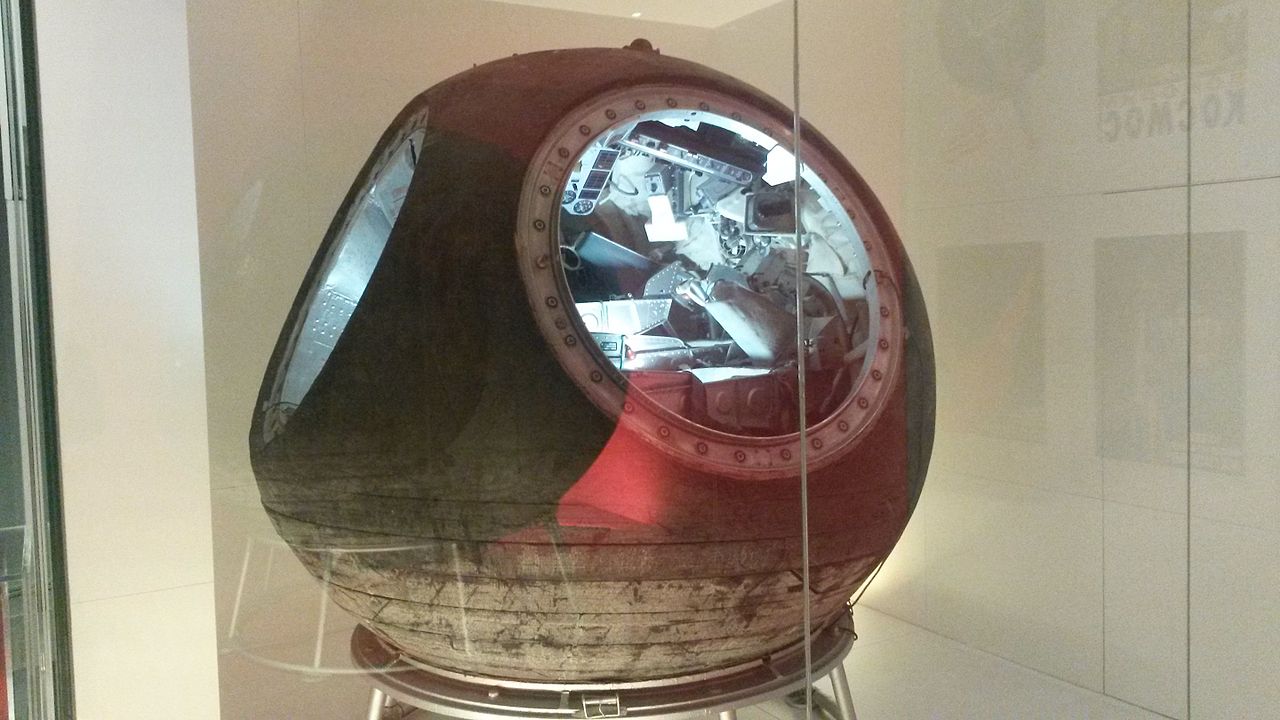Voskhod | Voskhod 2
1/5
Baikonur Cosmodrome, Republic of Kazakhstan
T?
--
Days
:
--
Hours
:
--
Mins
:
--
Secs
Date Loading...
Soviet Space Program
The Soviet space program, was the national space program of the Union of Soviet Socialist Republics (USSR) actived from 1930s until disintegration of the Soviet Union in 1991. The Soviet Union's space program was mainly based on the cosmonautic exploration of space and the development of the expandable launch vehicles, which had been split between many design bureaus competing against each other. Over its 60-years of history, the Russian program was responsible for a number of pioneering feats and accomplishments in the human space flight, including the first intercontinental ballistic missile (R-7), first satellite (Sputnik 1), first animal in Earth orbit (the dog Laika on Sputnik 2), first human in space and Earth orbit (cosmonaut Yuri Gagarin on Vostok 1), first woman in space and Earth orbit (cosmonaut Valentina Tereshkova on Vostok 6), first spacewalk (cosmonaut Alexei Leonov on Voskhod 2), first Moon impact (Luna 2), first image of the far side of the Moon (Luna 3) and unmanned lunar soft landing (Luna 9), first space rover (Lunokhod 1), first sample of lunar soil automatically extracted and brought to Earth (Luna 16), and first space station (Salyut 1). Further notable records included the first interplanetary probes: Venera 1 and Mars 1 to fly by Venus and Mars, respectively, Venera 3 and Mars 2 to impact the respective planet surface, and Venera 7 and Mars 3 to make soft landings on these planets.
Voskhod 2
Voskhod 2 carrying Voskhod 3KD spacecraft carried two cosmonauts, Pavel Belyayev & Alexey Leonov, to orbit. The craft was equipped with an inflatable airlock in order to conduct the first ever spacewalk. Alexey Leonov became the first person to do so by performing a 12 minute spacewalk. The mission lasted 1 day, 2 hours, 2 minutes & 17 seconds completing a total of 17 orbits around Earth. The mission had many issues, for example during his spacewalk his spacesuit ballooned up to a point where his suit became stiff. In order to move his limbs again and re-enter the airlock he had to bleed off some of the suit's pressure. After re-entering the capsule,the crew had trouble sealing the hatch, during re-entry the orbital module did not properly disconnect from the landing module causing the spacecraft to spin wildly until turbulence caused them to separate at around 100 km and the automatic landing system failed and the crew had to rely on the manual backup. Earlier troubles meant that spacecraft landed 386 km away from their targeted landing zome in the forests of Upper Kama Upland.
Voskhod-3KD No.4
Serial Voskhod-3KD No.4
Launch Crew Count 2
Status Single Use
Landing Time 1965-03-19T09:02:17+0000
Crew
Pavel Belyayev
Commander
Nationality Russian
Date Of Birth 1925-06-26
Deceased 1970-01-10
Status Deceased
Type Government
Alexey Leonov
Pilot
Nationality Russian
Date Of Birth 1934-05-30
Deceased 2019-10-11
Status Deceased
Type Government
Voskhod
Height 0.00 Meters
Max Stages 0
Mass To GTO 0 kg
Liftoff Thrust 0 kN
Diameter 0.00 Meters
Mass To LEO 0 kg
Liftoff Mass 0 Tonnes
Launch Success 286
Consecutive Success 46
Maiden Flight 1963-11-16
Launch Failures 13
Programs
Voskhod
The Voskhod programme was the second Soviet human spaceflight project. Two one-day crewed missions were flown using the Voskhod spacecraft and rocket, one in 1964 and one in 1965, and two dogs flew on a 22-day mission in 1966.

